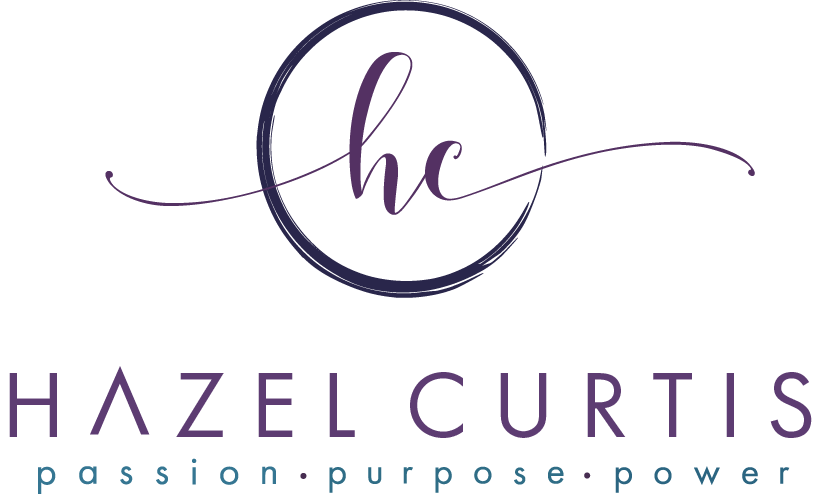A High-Stakes Game
Trust. In cards, it can mean life or death. According to the old westerns, many a deceased cowboy, who cheated at poker, could attest to that. In healthcare, trust is an everyday reality. If a patient can’t trust those with the skill to heal his wounds or fight his diseases, he could die simply because he refused treatment.
Yet, in America, trust in many professions is being eroded year after year. Americans don’t trust elected officials or the news media. They have witnessed mismanagement and betrayal by financial and legal advisors. They constantly hear about teachers and pastors who have betrayed the trust of those they serve in the worst possible ways.
The Gallup organization has monitored trust levels since 1999. In their document “Honesty/Ethics in Professions,” Gallup Historical Trends reported that nurses hold the highest level of trust. With the exception of 2011 when first responders ranked number one, nurses steadfastly hold the position every year. Trust scores range between 73-85 percent with respondents reporting “very high” or “high.” In addition, physicians are consistently in fourth position and pharmacists in fifth. This high-level of trust is remarkable considering the outcomes.
The Institute of Health’s (IHI) 1991 hallmark report, “To Err is Human,” indicated that nearly 100,000 people died unnecessarily in U.S. hospitals because of the “screw ups” and mistakes we make. For a bit of perspective, 100,000 people is equivalent to a fully loaded 737 falling out of the sky every other day! That begs the question: “If we knew an airplane crashed every other day, would we fly?”
The IHI report includes the droll warning that approximately ten times the number (nearly one million) left the hospital “less well off” than when they were admitted. Mistakes are not intentional. We do not injure our patients on purpose. Yet we all know folks who were in the hospital and got a wrong medication dose, fell while getting out of bed, got an infection in their bloodstream or surgical incision, or ended up with a decubitus ulcer.
In the early 2000s, the IHI repeated its assessment with grim results. The report found that the amount of people dying because of medical error had been vastly underestimated. Still, patients continue to come for care—trusting that we will always put safety first, that we will do no harm, and that we will genuinely care about them. The question is why?
In part, it may be because hospitals, insurers, and care providers have agreed to new levels of transparency. Historical commitments have been made to reduce errors and share outcomes data, root cause analysis, and near misses. The public is being given access to reports of hospital outcomes, so they can make informed care decisions. People in the healthcare arena appear to be holding this honor sacred and recommitting to doing everything possible to first, “Do No Harm.”
Still, considering that the deck was once stacked against them, the person willing to don one of our “lovely” (hear the sarcasm?) patient gowns, is a gift. Everyone knows that one-size-fits-all gown. It is usually blue or green and open down the back. It is designed to humiliate and control.
The person who puts on this hospital garment is saying: “I am a human enduring a season of suffering, and I’m desperate for help and understanding.” By embracing this viewpoint, we can begin to see the patient gown as a badge of honor, trust, and respect. Healthcare professionals have the privilege to recognize someone in a moment of extreme need, most likely frightened, and perhaps confused. An individual who is likely in pain—physically, mentally, or spiritually.
That person trusts the healthcare staff to decipher results, be straight with them, support their decisions, and provide expertise. Finally, they look to us to intercede for them, advocate for their best interests, and mostly importantly—listen to the cries of their hearts! They look to us to hear the lament under their words, understand, and care for them through their pain.
Time for Reflection:
1) Have you ever known your actions to provide unintentional harm?
2) What would you do if someone accused you of harming them?
3) What is the difference between deliberate harm, unintentional harm, or “no harm – no foul” ideology?
4) What do you do every day to enhance or build trust with your colleagues and patients?
5) If someone has broken your trust, what do they need to do to regain it and how long might that take?
Hey, I am waiting to hear from you. You are my “go-to lab” geniuses!

